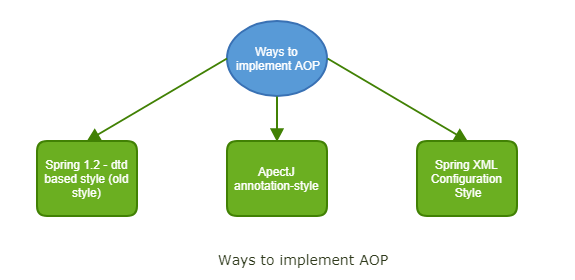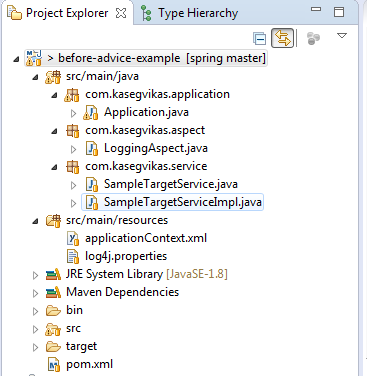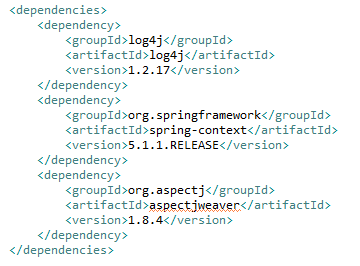Basics of Spring AOP
Want to learn more about the basics of Spring AOP? Check out this post where we explore aspects of Spring AOP with sample code.
Join the DZone community and get the full member experience.
Join For FreeWhat Is AOP?
AOP (Aspect-Oriented Programming) is a way of programming that helps increase modularity and avoid strong coupling of code by separating cross-cutting concerns. Additionally, it is one of the key components of the Spring Framework.
A cross-cutting concern is code logic, which is scattered throughout the application. It affects the entire application. Transaction management and logging are the best examples of cross-cutting concerns.
The key unit of modularity in OOP is class, whereas aspect is the unit of modularity in AOP.
Why AOP Is Needed?
Sometimes, we add code logic and it gets scattered and tangled across the application. Let's say that we want to add the code to check the performance of each method of services. Without AOP, we need to repeat some lines of code to each expected method. But using AOP, we can put the logic in one place and call it whenever it is necessary instead of duplicating and scattering the entire project.
AOP Concepts:
1. Aspect: A modularization of a concern that cuts across multiple classes, e.g transaction management.
2. Join-Point: A point during execution of the program, such as execution of method or handling of an exception. In Spring AOP, join-point always represents method execution.
3. Advice: Action taken by an aspect at the particular join point.
4. Pointcut: Predicate that matches join point.
5. Target Object: Target to which aspect applies.
How to Implement AOP?
Ways to implement AOP:
1. By Spring 1.2 - dtd-based style (old style)
2. By AspectJ annotation style
3. Spring XML Configuration Style

Example (Spring XML Configuration Style):
Logging aspect implementation for target service with spring XML-based configuration.
Step 1: Create a Maven project structure, as shown below.

Step 2: Add required Maven dependencies

Step 3: Write a Target class/service that we want to apply aspect:

Step 4: Write an Aspect class.

Step 5: Create an applicationContext.xml file for adding aspect and bean configurations, as shown below.

Step 6: Write an Application.java class for executing an example. This is the main class for execution.

After execution of Application.java, we get an output that looks like the following:

Conclusion
In this article, I attempted to explain the Basics of Spring AOP (Aspect-Oriented Programming) with step-by-step implementations as an example. If you need more details, check out the Spring official document. The examples from this article are available on GitHub.
Opinions expressed by DZone contributors are their own.

Comments